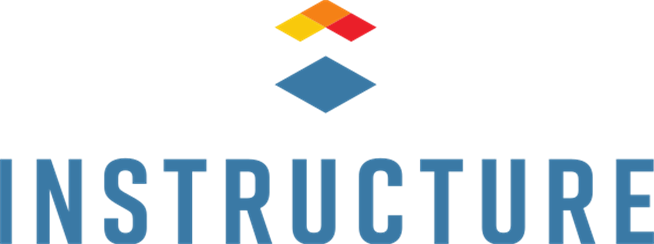
Community colleges are under increasing pressure to support more students with less funding and faculty than traditional four-year colleges and universities (Weissman, 2023). This reality is further widening the substantial inequity that community college students face, particularly part-time adult learners and parents, some of whom reside in rural areas (Instructure, 2023). Because of this, many community colleges have pivoted to a competency-based education (CBE) model that allows students to progress by demonstrating mastery of skills rather than obtaining traditional credit hours. The growing demand for flexibility has increased the popularity and demand for self-paced courses and badging programs that offer portfolio-ready credentials.
As more community colleges turn to CBE initiatives to exercise their agency and provide pragmatic, effective, and scalable solutions to support their student populations, there are three components of successful CBE plans to consider:
Self-Paced Courses
Community colleges are meeting the growing demand for convenience by providing self-service learning tools. These tools, such as self-registration and self-paced courses, provide students the flexibility they need to balance multiple roles in life. With this technology, students can enroll, learn, and receive support on the go. The increased competition from other online skill-building programs is driving community colleges to focus on maximizing their limited resources. The best way for them to do this is by using a centralized storefront for enrollment, payments, and certificates to help bridge the gap and ensure that all students have access to the same high-quality education regardless of their college choice. This allows colleges to streamline enrollment and make it easier for students to access the necessary courses.
Mobile Learning Apps
For full assurance that your institution can reach every learner where they are, mobile apps can help bridge the gap and provide all students access to the same high-quality education. Mobile apps have become great equalizers for community colleges, with the understanding that not all students have access to laptops or tablets and are often juggling full-time jobs and other responsibilities while enrolled in courses. But students aren’t the only ones who benefit from improved access to learning tools; educators can now provide instant support and foster connections from anywhere.
Digital Badges
According to Instructure’s (2023) most recent state of student success and engagement global survey, career readiness is the #1 factor for student success. But how do students provide employers with credentials and proof of skills in a digital world? Similarly, how do community colleges demonstrate the ability to equip students for the workforce? The answer is digital badging. Whether busy learners are interested in starting a new career or upskilling to advance in their current career, badging is an efficient and cost-effective way of offering credentials to ensure that the time students invest in learning can be verified and shared. Badges encourage students to pursue their educational and extracurricular activities through personalized, buildable pathways to guide them along the way. Instructors can add cocurricular planning and evaluation to any pathway they create, such as program pathways, those for first-year students, and more. It’s a win-win for everyone.
Equipping Community Colleges With Tools for Success in Today’s Educational Environment
Community colleges play an essential role in higher education, but recruiting and retaining students is a continuous challenge. This is partly due to the lack of access to financial or structural support for students to refine their skills and show them to employers. By using the Instructure Learning Platform, colleges can leverage accessible tools to deliver teaching in an effective and efficient way and provide students with a smooth transition from courses to a career.
Click here to learn how community colleges are pivoting to CBE and streamlining their edtech ecosystems to provide equitable learning access to students.
Instructure is an Innovations 2024 Advocate Sponsor.
References
Instructure. (2023). The state of student success & engagement in higher education: Global research study and trends. https://www.instructure.com/research/state-of-higher-education
Weissman, S. (2023, January 3). The great resignation at community colleges. Inside Higher Ed. https://www.insidehighered.com/news/2023/01/04/community-colleges-suffer-employee-shortage










